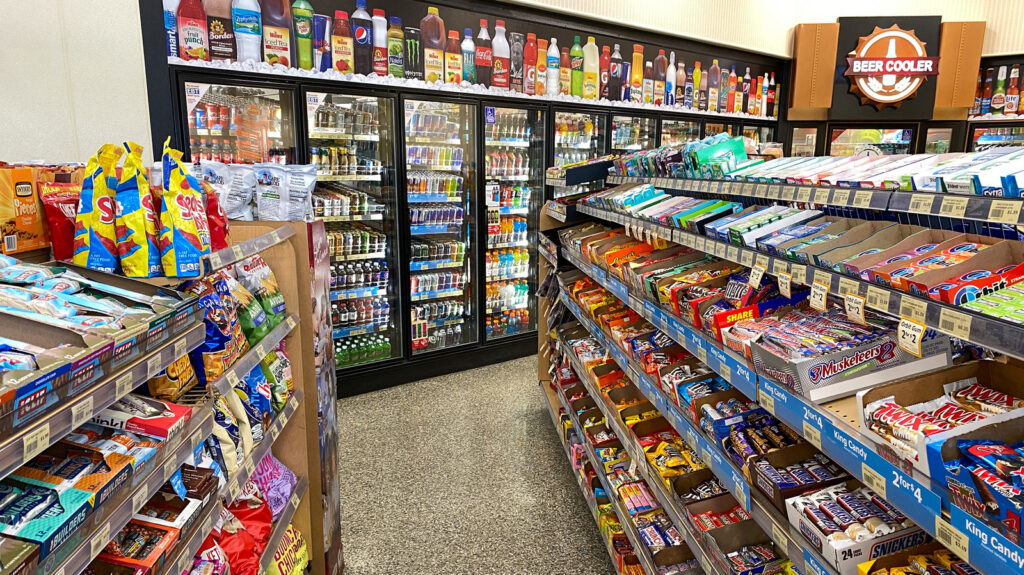 Health pundits have paid a lot of attention to food deserts in recent years. They define food deserts as urban areas where it is difficult to buy healthy, fresh, affordable food.
Health pundits have paid a lot of attention to food deserts in recent years. They define food deserts as urban areas where it is difficult to buy healthy, fresh, affordable food.
These are areas where finding vegetables and fruits is nearly impossible. Organically grown fruits and vegetables are basically nonexistent.
When people don’t have access to healthful food, how can they stay healthy?
And, when healthy food costs so much more than regular food, how can lower income families possibly eat organic?
Food deserts abound on I-10
Last week, I drove with two of my daughters across the country. We began our journey in southern Oregon, took the I-10, and jumped ship in Louisiana. My daughter just got a year-long position in wildlife conservation in Mississippi and we were helping her get out there.
Read more about our trip over at Substack.
It seems to me that gas stations across America are food deserts. Finding fruits and vegetables at affordable prices at highway stops was a huge challenge.
A $6 salad
I did eat a $6 salad at a truck stop in Texas (the girls had subway sandwiches). The wilted cucumbers were memorable. Every bite was delicious.
Since being diagnosed with ocular melanoma and losing my left eye (there was a greater than 10 millimeter tumor growing inside it), I’ve significantly changed my diet. I do my best to eat as many organically grown nutrient-dense vegetables and fruits as I can. I did my best but maintaining my anti-cancer diet was nearly impossible on the road.
Here’s to improved access to healthier food in 2024.
Healthy eating is a question of national security. I believe ending the problem of food deserts should be a national priority.
Related posts:
A Hack For Your Rack (Your Spice Rack, That Is)
Size Matters (Today We’re Talking Dinner Plates)
How To Encourage the Whole Family To Eat Healthier
Leave a Reply